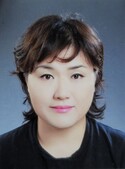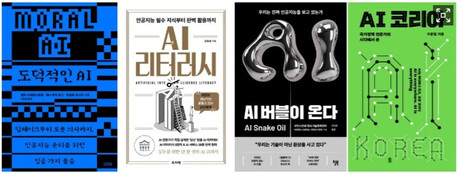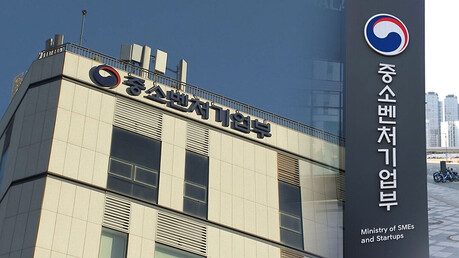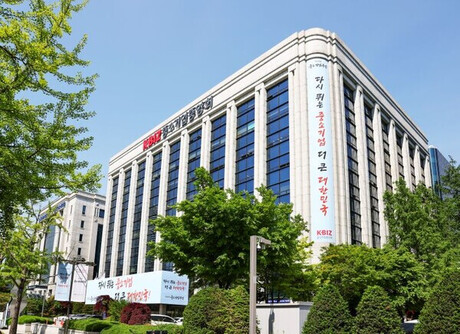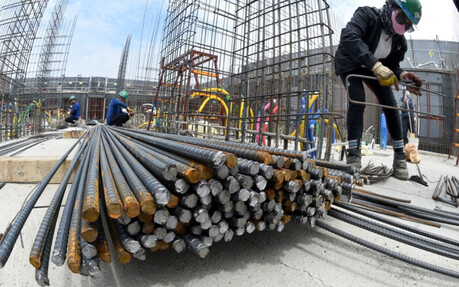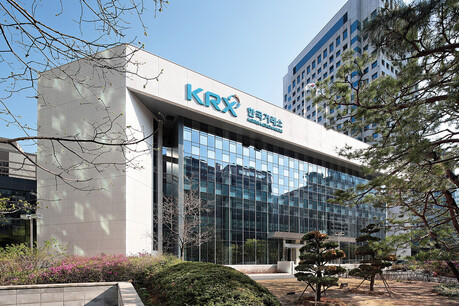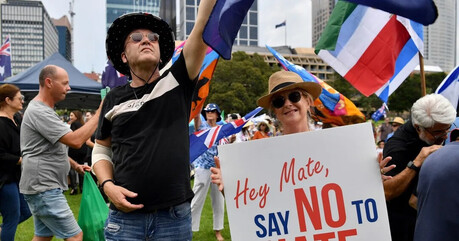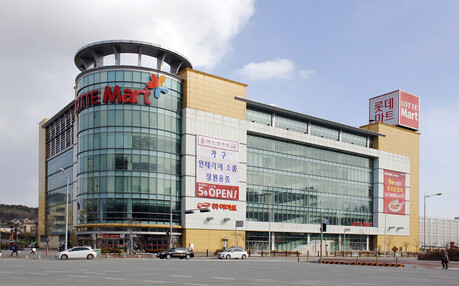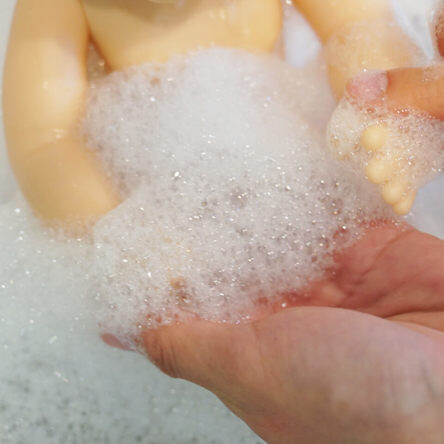
Seoul, South Korea – A recent study by the Korea Consumer Agency has revealed that nearly all children's bubble bath products in the South Korean market use flammable LPG gas as a propellant. The agency, in collaboration with the Korea Gas Safety Corporation, tested 40 bubble bath products and found that they all contained LPG.
The use of LPG in bubble baths poses a significant fire and explosion hazard, especially in confined spaces like bathrooms. When LPG is released from the product, it is heavier than air and tends to accumulate near the floor. If an ignition source, such as a spark, is present, it can lead to a fire or explosion.
To demonstrate the risk, the consumer agency conducted experiments simulating the conditions in a bathroom. The tests showed that when LPG-filled bubble bath products were sprayed continuously in a confined space, a spark could ignite the gas and cause a fire or explosion. For example, a product filled with approximately 90 grams of LPG ignited after 10 seconds of continuous spraying, while a product with 40 grams ignited after 20 seconds.
Unlike the European Union, which has banned the use of flammable gases in children's products to prevent accidents, South Korea currently has no specific regulations prohibiting the use of LPG in bubble bath products. Manufacturers are only required to include warning labels on the products.
Based on these findings, the Korea Consumer Agency has recommended that manufacturers of children's bubble bath products switch to non-flammable propellants. The agency will also request that relevant government agencies implement stricter safety regulations, including a ban on the use of flammable gases in children's products.
Consumers are advised to avoid using bubble bath products near open flames and to ensure proper ventilation when using them in enclosed spaces.
[Copyright (c) Global Economic Times. All Rights Reserved.]















